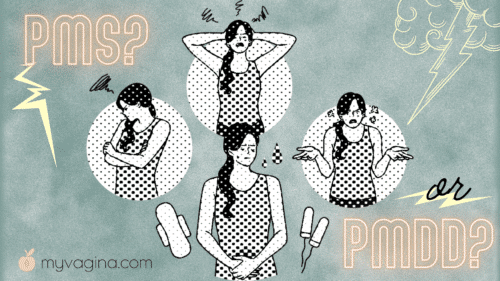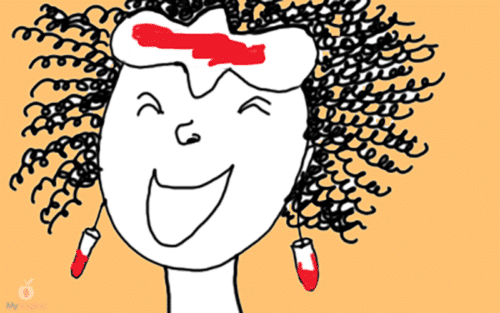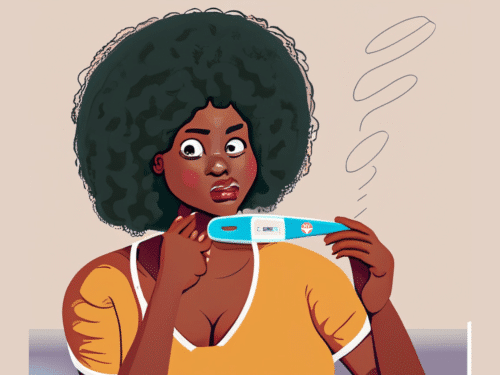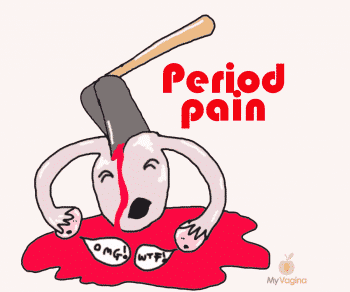Ovarian hyperstimulation syndrome
Ovarian hyperstimulation syndrome can appear soon after assisted reproduction techniques to stimulate ovulation. In this case, it overstimulates the ovary to the point where it requires medical oversight to avoid potentially dangerous outcomes.
How nature figures out when we get our periods
We look over a study that figured out that girls with older sisters got their periods later than girls without.
Perineal tears
Perineal tearing is usually from childbirth, where the impact of the baby coming out of the birth canal tears the posterior fourchette and perineum. These types of tears are on the rise, but it's unclear why.
Study: does BV cause infertility in women?
A study looked into rates of certain types of female infertility and how that related to BV.
Study: Gardnerella vaginalis – links with male infertility?
Researchers look into the sperm quality of infertile men carrying G. vaginalis.
Pregnancy tests – how to get accurate results
Understanding the ins and outs of home pregnancy tests.
How babies are made
We explain in plain English how an egg and sperm turns into a baby, and how that all goes down inside our bodies. Important to know if you are wondering how you can get pregnant!
Feeling your cervix for signs of ovulation
You can feel where you're at in your cycle by feeling your cervix - is it high, soft and wet? Maybe you're ovulating. If it's low and hard, you may be about to get your period.
The HPO and HPA axes
The HPO and HPA axes are two critical feedback loops that govern our stress response and the intricate hormonal interplays of the menstrual cycle.
What’s the difference between PMS and PMDD?
Understanding the difference between PMS and PMDD.
How to use sanitary pads and pantyliners
Pads and panty liners are an option for when you have your period to collect the blood that comes out of your vagina. Pads are used for heavier flows, while panty liners can be used for light flow or protecting your underwear from regular vaginal fluids.
Period undies and swimwear
Period undies are changing the way we have periods, since now you can just free bleed into your underwear, and they're so high-tech that you won't leak or even feel wet. Use with tampons or by themselves, for periods or stress urinary incontinence.
Treating BV while breastfeeding (Killing BV)
Killing BV while breastfeeding - what to know and how to go about your treatments safely.
When you can and can’t get pregnant
Tell if you are pregnant right now, based on what you just did!
Allen-Masters syndrome
Allen-Masters syndrome is characterised by pelvic pain caused by trauma.
Treating endometriosis
Treating endometriosis can be tricky, with a handful of medical and naturopath treatment strategies, often used in combination.
Understanding and treating period pain
Understanding what type of period pain you are experiencing is important when deciding on treatments.
46,XX testicular difference of sexual development (DSD)
Folks with the 46,XX testicular difference of sexual development (DSD) are genetically female, but look (and feel) like males in every other way.
46,XX ovotesticular difference of sexual development (DSD)
The 46,XX ovotesticular genetic make-up means both ovarian and testicular tissue is present.
Turner syndrome
Turner syndrome is what life looks like with a missing X chromosome, in women. Turner syndrome is only found in females, with just one copy of the X chromosome present. Diagnosis might be made late, at puberty, when events don't pan out like they were expected to.






